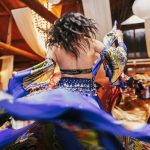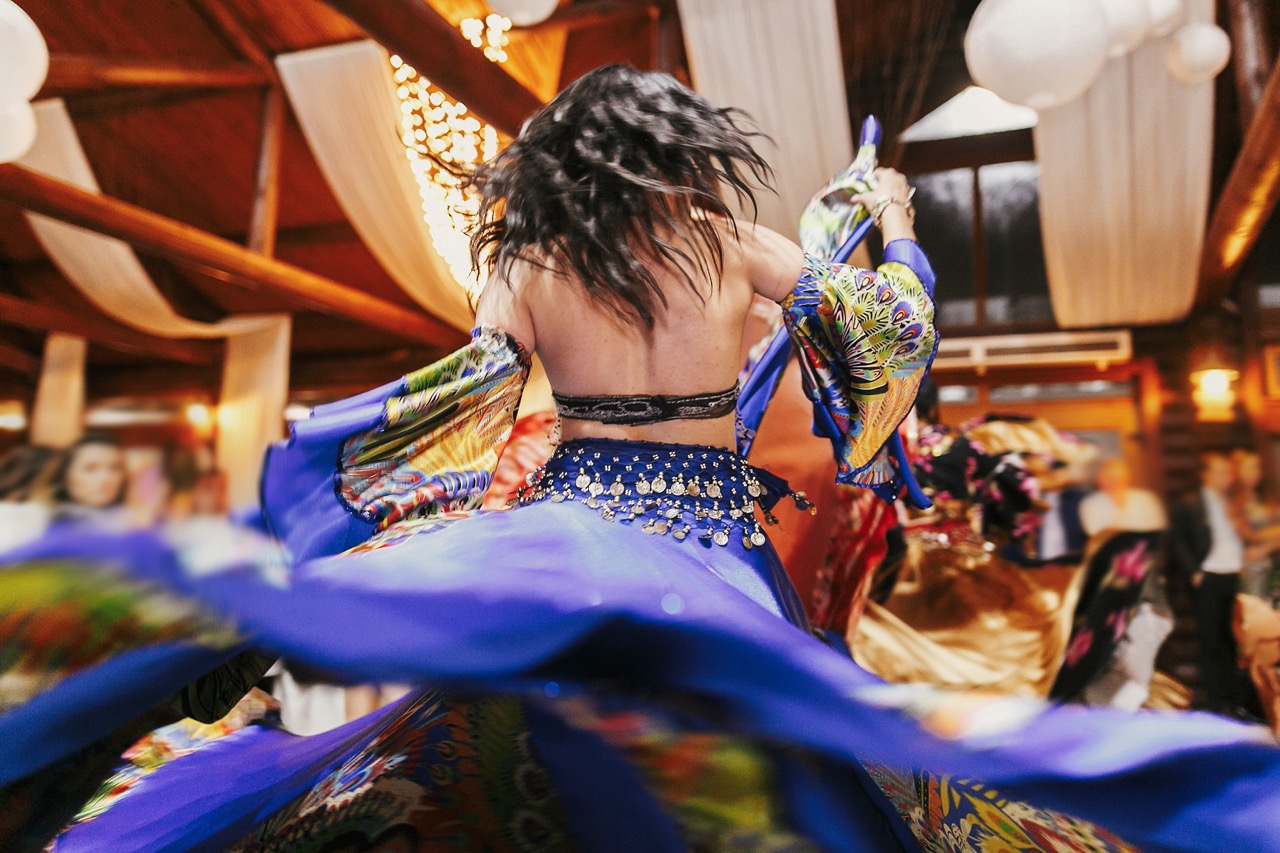Dance is often regarded as a form of artistic expression, a way to communicate without words. However, its significance extends far beyond the stage and the dance floor; it plays an integral role in education and learning. By marrying movement with cognition, dance enhances various educational outcomes, fostering creativity, improving cognitive skills, and building community. This article explores the multifaceted role of dance in education, inviting educators and learners alike to embrace this dynamic medium.
The Power of Movement: Dancing into the Learning Sphere
Dance engages the body and the mind in a unique way, making it an effective educational tool. Movement stimulates neural connections, promoting brain development and enhancing physical coordination. As students move through space, they not only learn about rhythm and timing but also gain an understanding of spatial awareness and body mechanics. This kinesthetic approach to learning taps into different learning styles, enabling students to grasp complex concepts through physical expression.
Moreover, dance promotes motor skills that are crucial for young learners. The act of dancing involves coordination, balance, and precision, all of which contribute to a child’s overall physical development. Integrating dance into educational curricula can help children develop confidence in their physical abilities, which translates into a more positive self-image. This newfound confidence can enhance their engagement in other academic subjects, creating a holistic learning experience that emphasizes the importance of the body in education.
Furthermore, the inclusion of dance in educational settings can foster a love for learning. As students experience joy through movement, they are more likely to engage with the material. Dance acts as a bridge to learning, allowing students to interact with ideas and concepts in a visceral way. This emotional connection to learning nurtures curiosity and enthusiasm, factors that are essential for lifelong education.
Unlocking Creativity: Dance as a Pathway to Knowledge
Dance is inherently creative, encouraging students to express themselves and explore new ideas without fear of judgment. This process of exploration can unlock hidden talents and encourage innovation, both of which are vital in today’s rapidly changing world. Through improvisation and choreographic exercises, students learn to think critically and make decisions, skills that are transferable to academic pursuits and everyday challenges.
As students create dance pieces, they not only engage their bodies but also their minds. The choreographic process requires planning, organization, and collaboration—skills that are essential in any learning environment. Students must consider musicality, narrative, and emotional expression, which enrich their understanding of various subjects, including literature, history, and even mathematics. The intersection of dance and other disciplines encourages an interdisciplinary approach to learning that fosters deeper comprehension and retention.
Moreover, dance promotes emotional intelligence, as it encourages learners to connect with their feelings and those of others. By embodying different characters or emotions through movement, students develop empathy and a broader understanding of the human experience. This emotional literacy is crucial not only for personal development but also for social interactions, laying the foundation for strong interpersonal skills and meaningful relationships.
Rhythm and Cognition: How Dance Enhances Education
The cognitive benefits of dance are profound, as rhythm and movement activate different areas of the brain. Research has shown that engaging in dance can enhance memory, attention, and problem-solving skills. When students learn through rhythm, they are more likely to retain information, as the rhythmic patterns can serve as mnemonic devices. This association between physical movement and cognitive function illustrates how dance can be a powerful ally in education.
In addition, dance requires focus and discipline—two qualities that are essential for academic success. As students practice choreography or engage in improvisation, they learn the importance of perseverance and commitment. This rigorous practice not only develops their dance skills but also instills a work ethic that can be applied to their studies. The discipline cultivated through dance can boost students’ academic performance, encouraging them to approach their work with dedication and resilience.
Moreover, studies have indicated that participation in dance can lead to improved mathematical skills. The patterns and structures inherent in dance mirror mathematical concepts, allowing students to explore geometry, symmetry, and fractions in a fun and engaging way. This connection highlights the potential for dance to enhance not only physical education but also subjects traditionally viewed as more abstract or challenging.
Building Community: Dance as a Collaborative Learning Tool
Dance is a communal activity that fosters collaboration and teamwork. In educational settings, group choreography and dance projects encourage students to work together, share ideas, and support one another. This collaborative spirit nurtures a sense of belonging and community, essential components of a positive school environment. As students learn to navigate group dynamics, they develop important social skills that will serve them well beyond the classroom.
Additionally, dance provides an inclusive platform where diverse backgrounds and experiences can be celebrated. Through dance, students can share their cultural heritage while learning about those of their peers. This exchange promotes respect and appreciation for diversity, fostering an environment of understanding and acceptance. Such cultural awareness is critical in today’s global society, equipping students with the skills to engage in a multicultural world.
Furthermore, the community-building aspect of dance can lead to improved school morale and student engagement. Dance performances and showcases provide opportunities for students to share their hard work with family and peers, cultivating a sense of pride and accomplishment. These events not only strengthen the bonds within the student body but also invite the wider community to participate in the celebration of creativity and learning.
Incorporating dance into education offers a myriad of benefits that extend far beyond physical movement. It enhances cognitive abilities, unlocks creativity, and fosters community while providing a dynamic and engaging learning environment. As educators and learners recognize the transformative power of dance, they can create educational experiences that are holistic, inclusive, and inspiring. Embracing dance as a legitimate tool for learning is not just an innovative approach but a necessary step towards nurturing well-rounded individuals equipped to thrive in the world.










